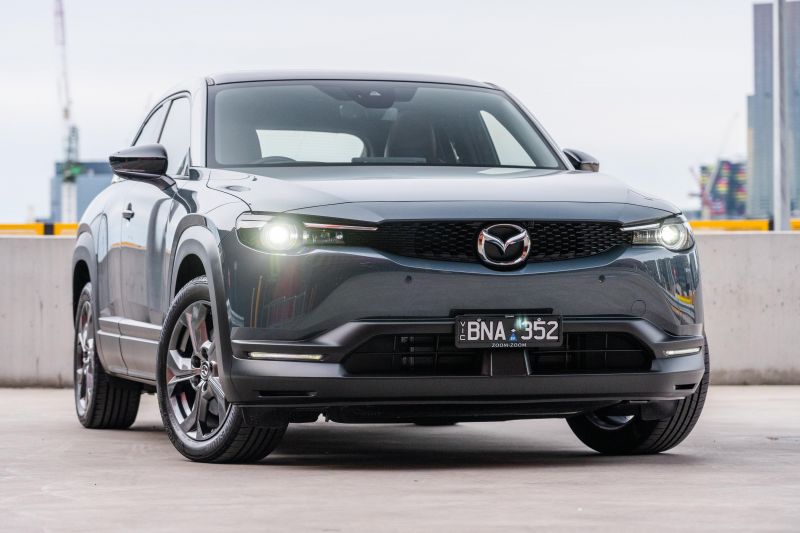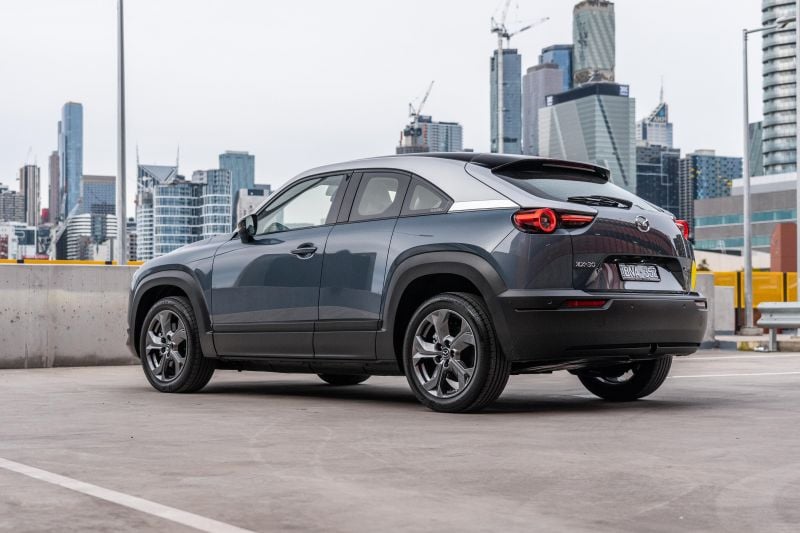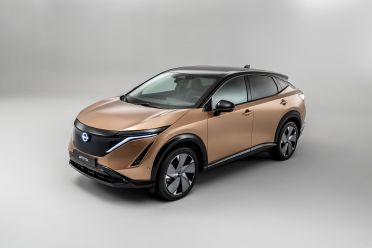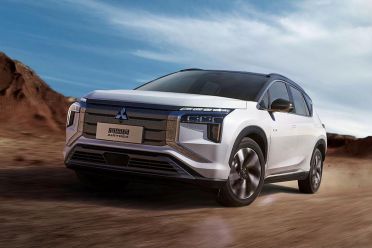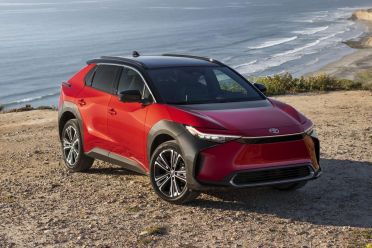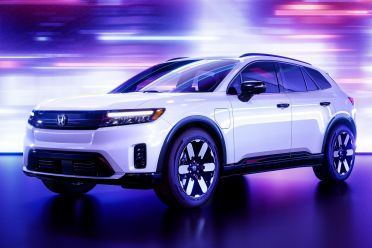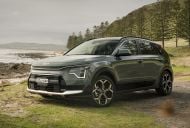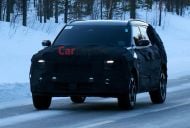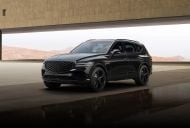Mazda will reportedly reveal an updated mid-term plan this month, with changes to its electric vehicle strategy.
The revised roadmap had reportedly been set to be announced last year but has been derailed by external factors, like global supply chain disruptions, COVID-19 lockdowns in China, and the Russian invasion of Ukraine.
“It took a long time because there has been so much change,” one executive familiar with the new plan told Automotive News.
“We tried to absorb and take into account all the changes for a clear roadmap.”
The plan, which will look at Mazda’s goals until 2030 and should be revealed after the firm’s second-quarter earnings are revealed on November 10, will reportedly see Mazda prioritise revenue per vehicle, with a focus of profitability over volume.
Mazda has previously said it expects its global sales to rise to 1.8 million units by the end of the 2025/26 Japanese fiscal year.
It will also reveal a new “brand purpose” to complement its existing “zoom-zoom” mantra, with one executive calling it “radically humanistic”.
Automotive News reports Mazda is “likely to beef up its EV expectations but not by much”, with the company and its US dealers reportedly seeing plenty of uncertainty about EV demand.
Mazda’s current target is for battery-electric vehicles to account for 25 per cent of its global sales in 2030, with all models offering “some level of electrification”.
Last year, Mazda announced that between 2022 and 2025 it will launch five hybrid, five plug-in hybrid and three battery-electric models or variants.
In addition to this the company will develop a new dedicated EV platform. The SkyActiv Scalable EV Architecture will debut some time between 2025 and 2030.
It’s unclear how many vehicles are planned for the EV platform, with the company only confirming “several products” will be launched by the end of the decade.
Mazda recently revealed its first plug-in hybrid, the CX-60, which is due here next year.
It’s part of a quartet of Mazda SUVs on a new rear/all-wheel drive platform, powered by new inline six-cylinder petrol and diesel engines.
The CX-60 will be sold in Australia not only in PHEV guise, but also with 3.3-litre turbocharged petrol and diesel engines with 48V mild-hybrid technology.
The CX-60, CX-70, CX-80 and CX-90 are being positioned as more premium models than Mazda’s existing mid-sized and large crossovers as the brand looks to increase its profit margins.
Mazda Australia has defended the brand’s first electric vehicle, the MX-30 Electric, arguing it was always intended to be a niche offering and has helped get its dealers familiar with the technical aspects of electrification.
An Australian launch of the rotary range extender MX-30 model is looking less clear. The variant has been delayed globally – originally set to be released as part of Mazda’s 100th anniversary in 2020, it’s now set to enter production early next year.
Instead of powering the wheels directly, the rotary engine will serve as a generator to recharge the battery, which will turn power the MX-30’s electric motor.
Mazda reportedly delayed the rotary MX-30 as it dealt with regulatory issues and worked to give it “standout characteristics” like a signature sound.
For the most part, Japanese brands have been much slower and less ambitious in their EV plans than, for example, their Korean, European and American counterparts.
Nissan was an early adopter with its Leaf, but it took until this year for it to follow it up with a second EV in the Ariya.
Mitsubishi was another early adopter with the i-MiEV but this electric city car had only niche appeal outside of Japan.
It has exited production, though Mitsubishi now has a new electric kei car plus a China-only crossover developed with GAC.
Toyota developed EV versions of its C-HR and Lexus UX but its first EV on a dedicated platform, the bZ4x, has seen a bumpy rollout with an embarrassing recall forcing the company to suspend deliveries.
It revealed 16 electric concepts in late 2021, but a recent report says Toyota is considering a drastic overhaul of its EV plans and has paused several of its EV projects.
Honda introduced its first widely available EV, the e, in Japan and Europe in 2020, and subsequently introduced two electric crossovers for the Chinese market.
It has revealed a bevy of electric concepts over the past couple of years, three of which are based on a new e:N Architecture under development and one of which borrows General Motors’ Ultium underpinnings.
It has also committed to only selling battery-electric and hydrogen fuel-cell vehicles by 2040.





